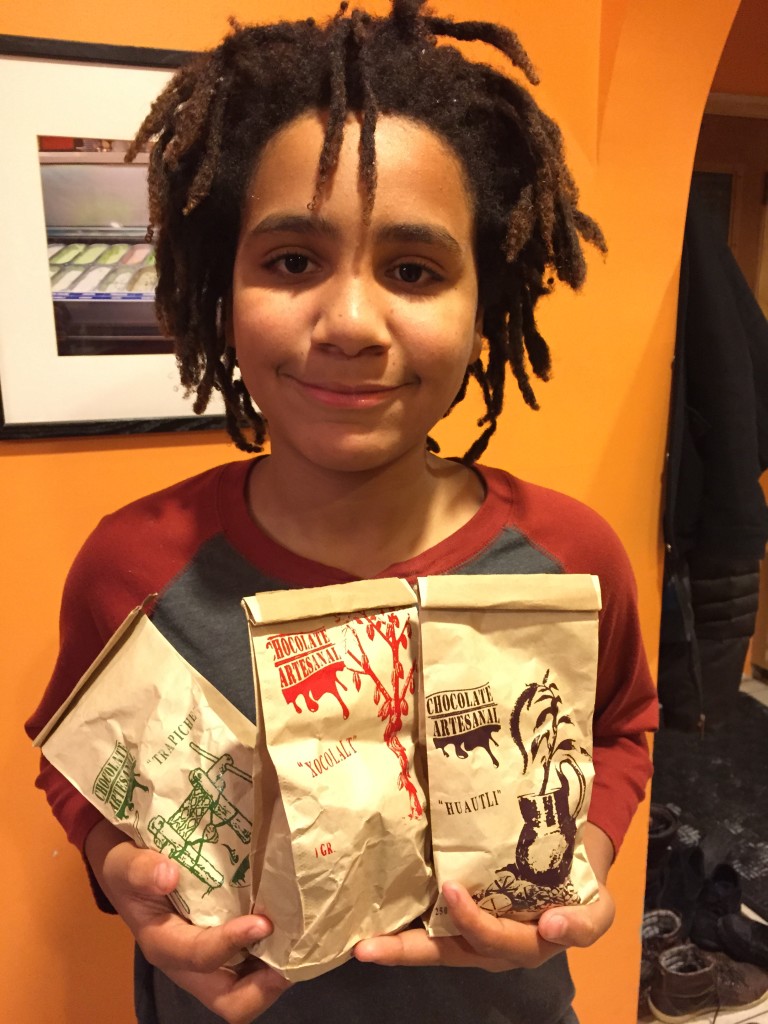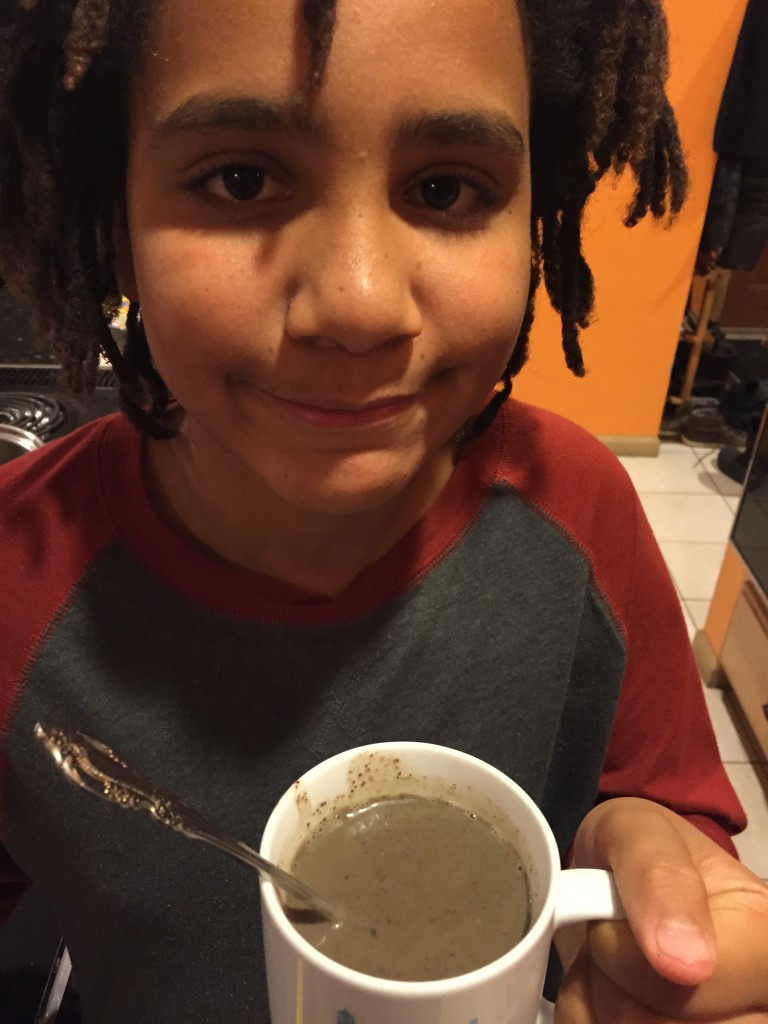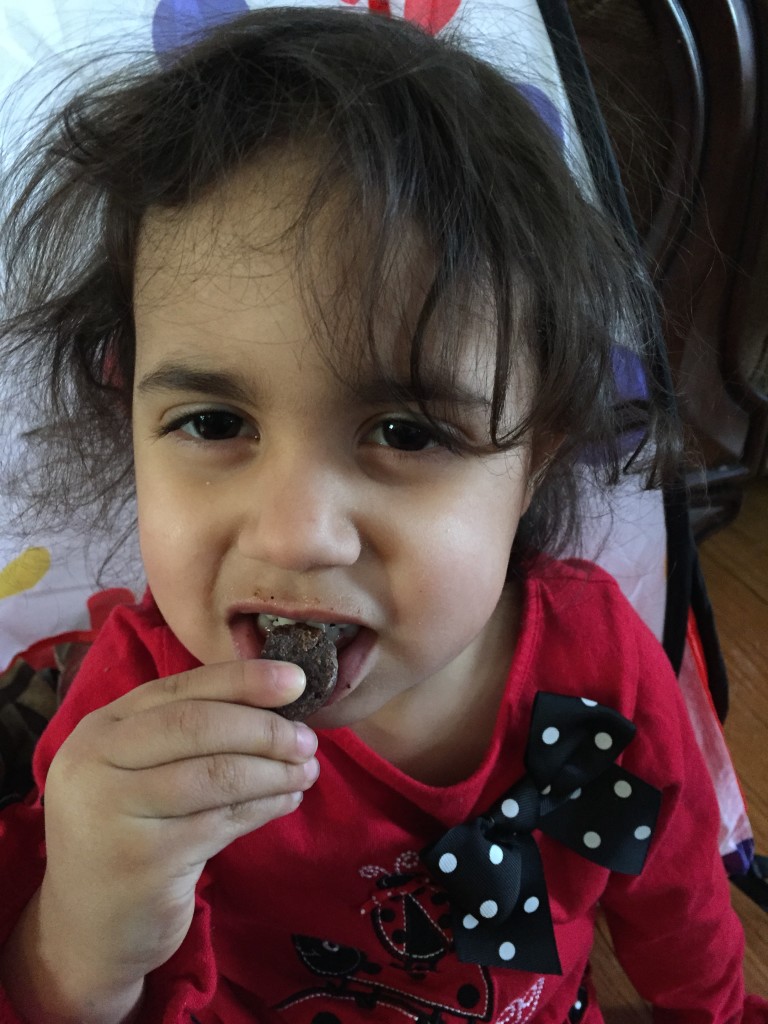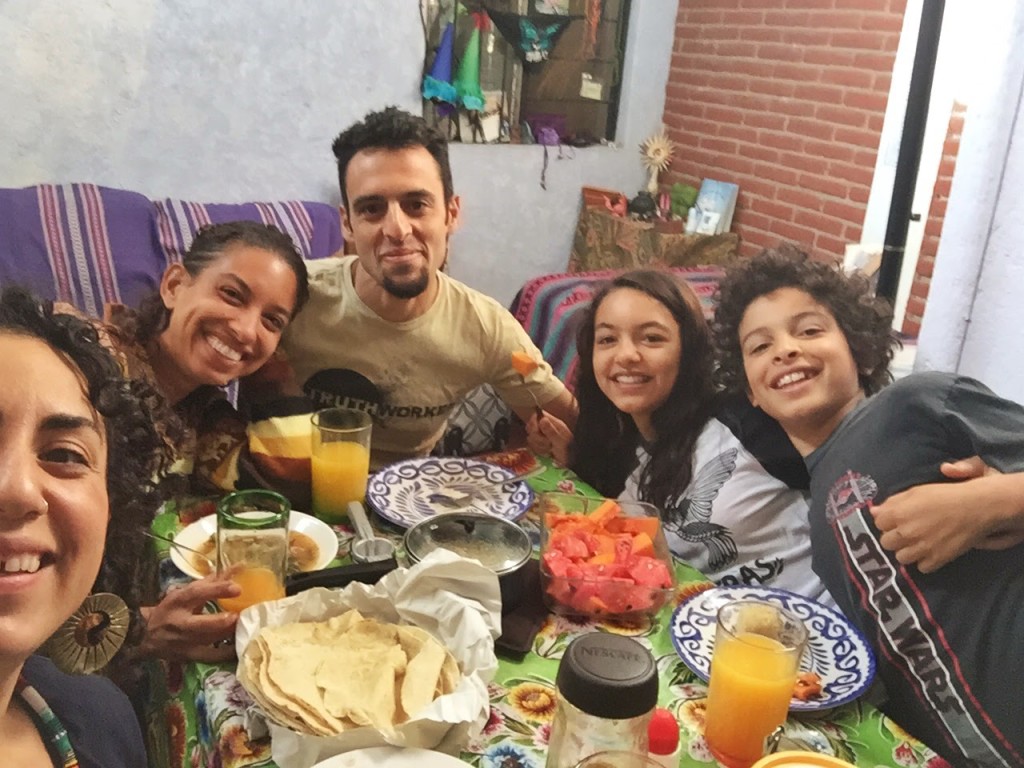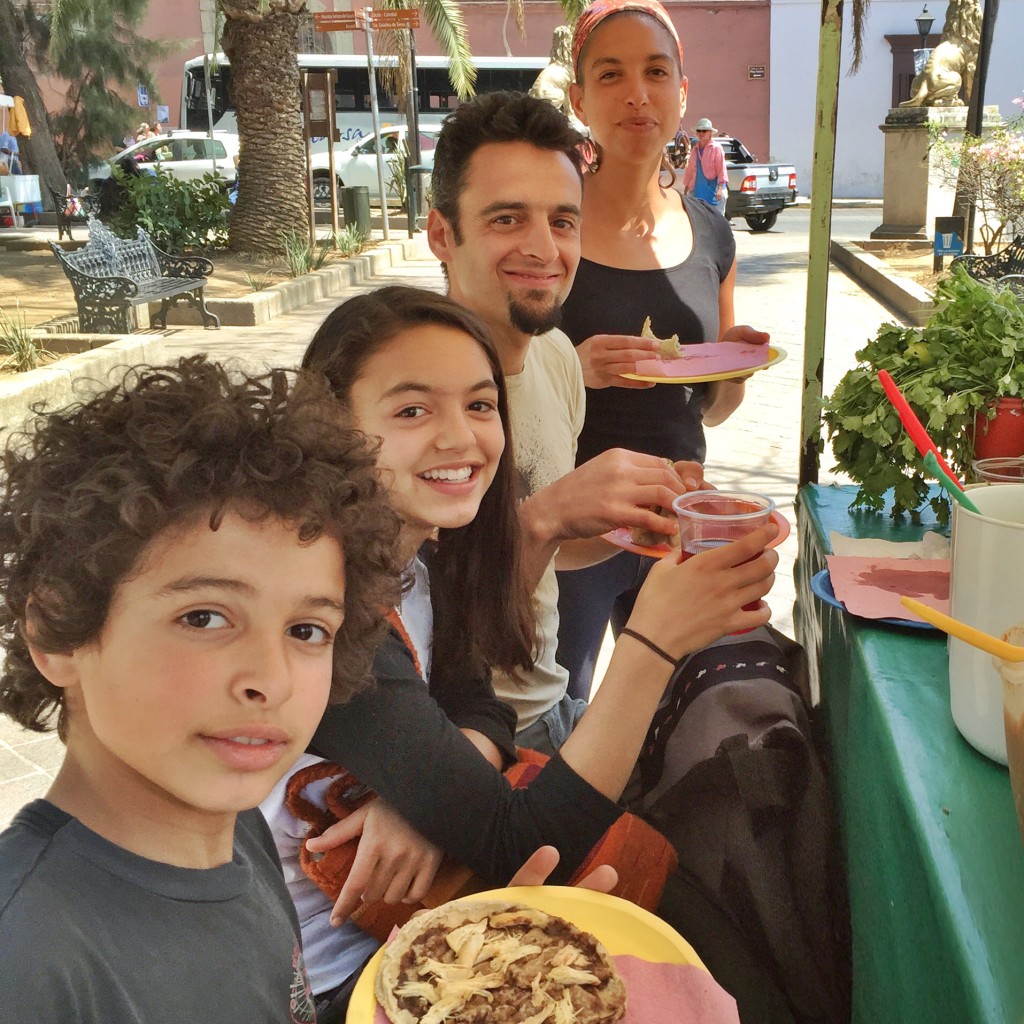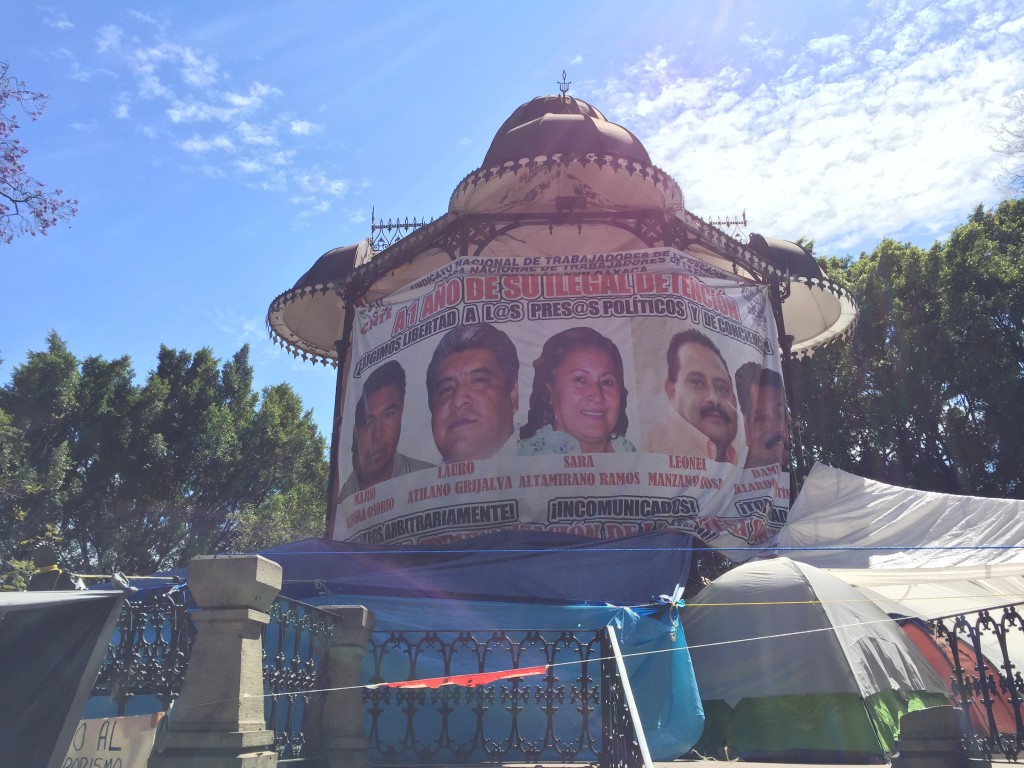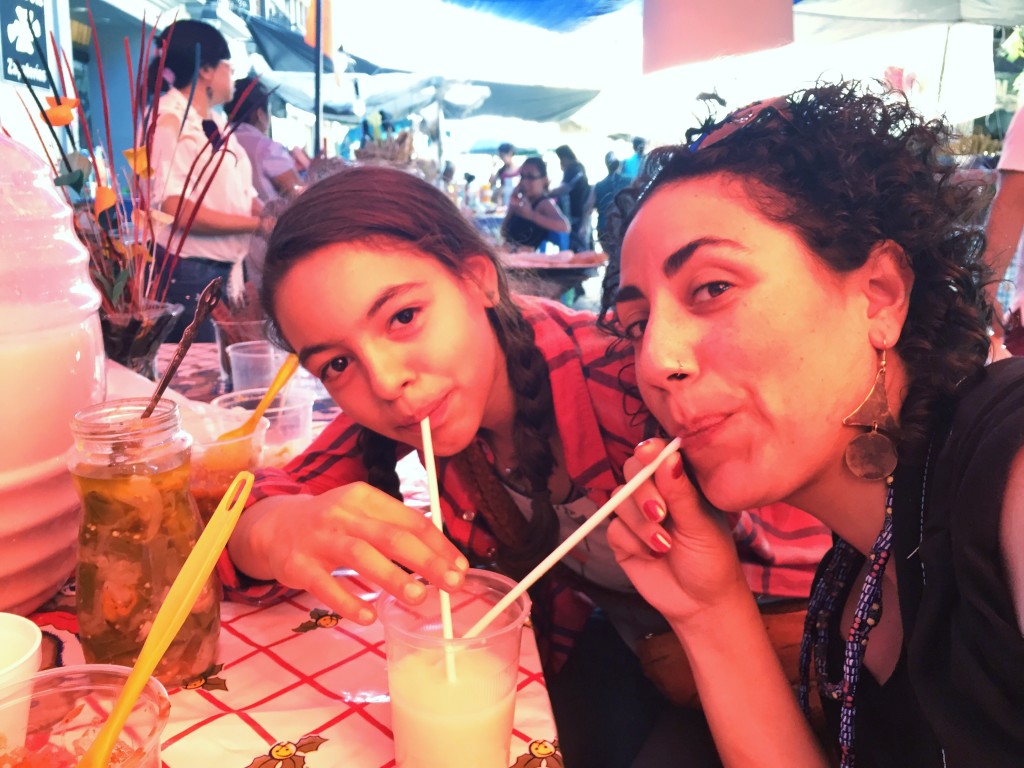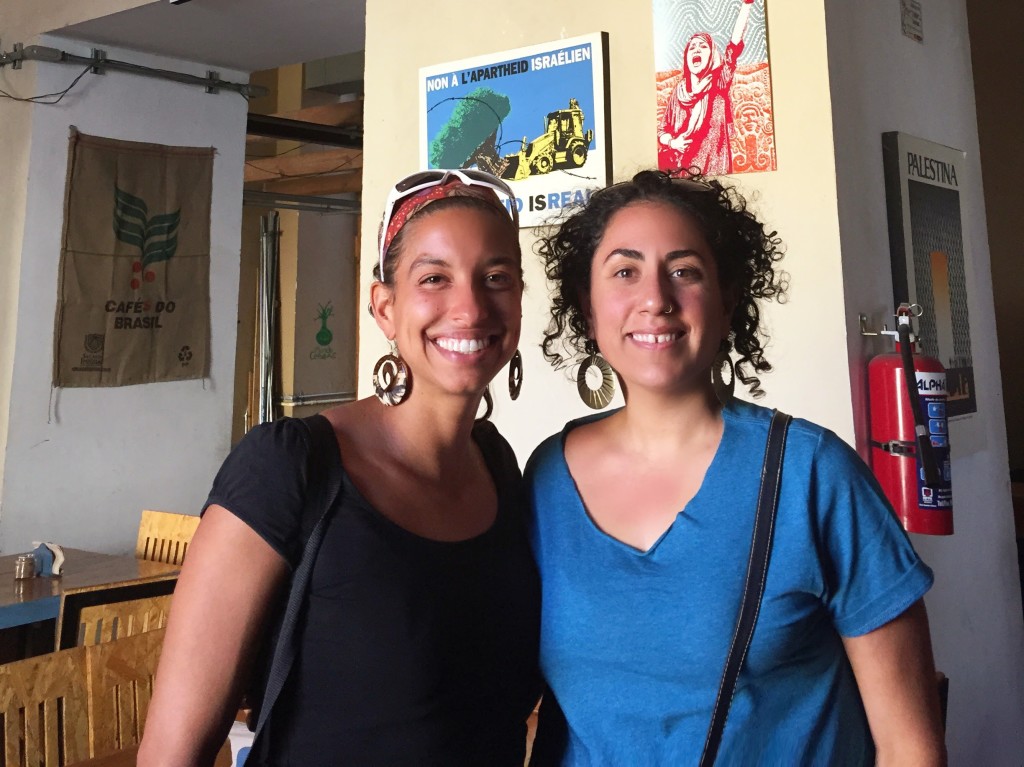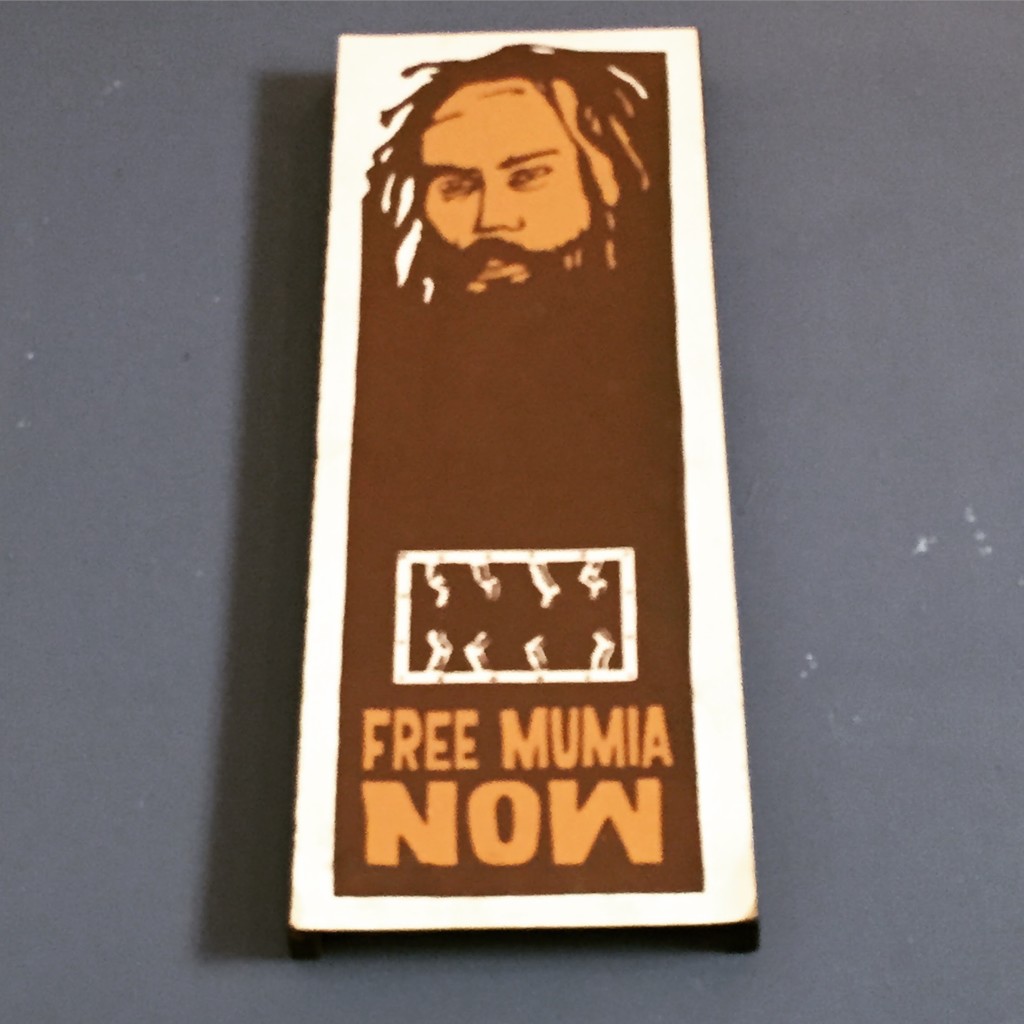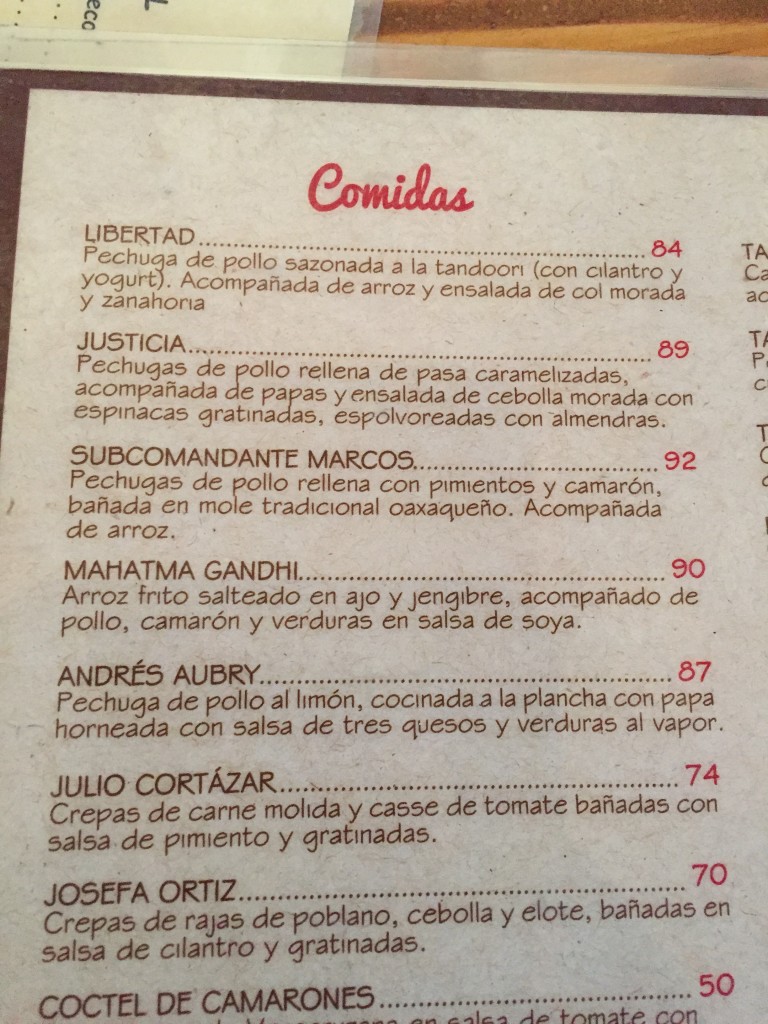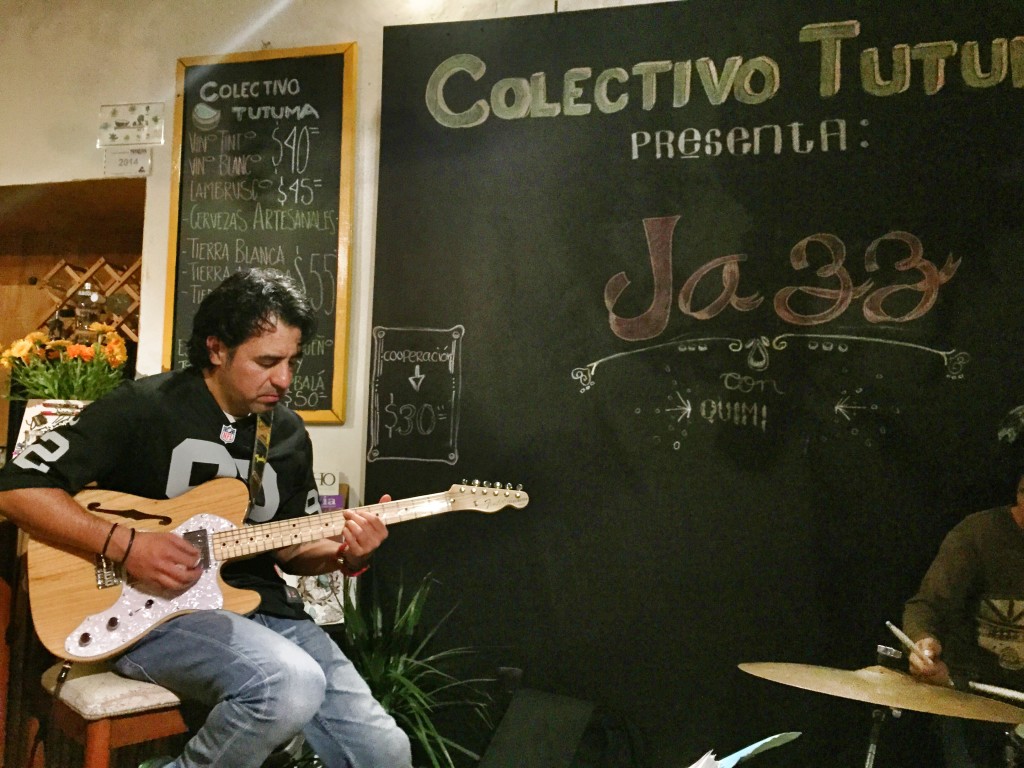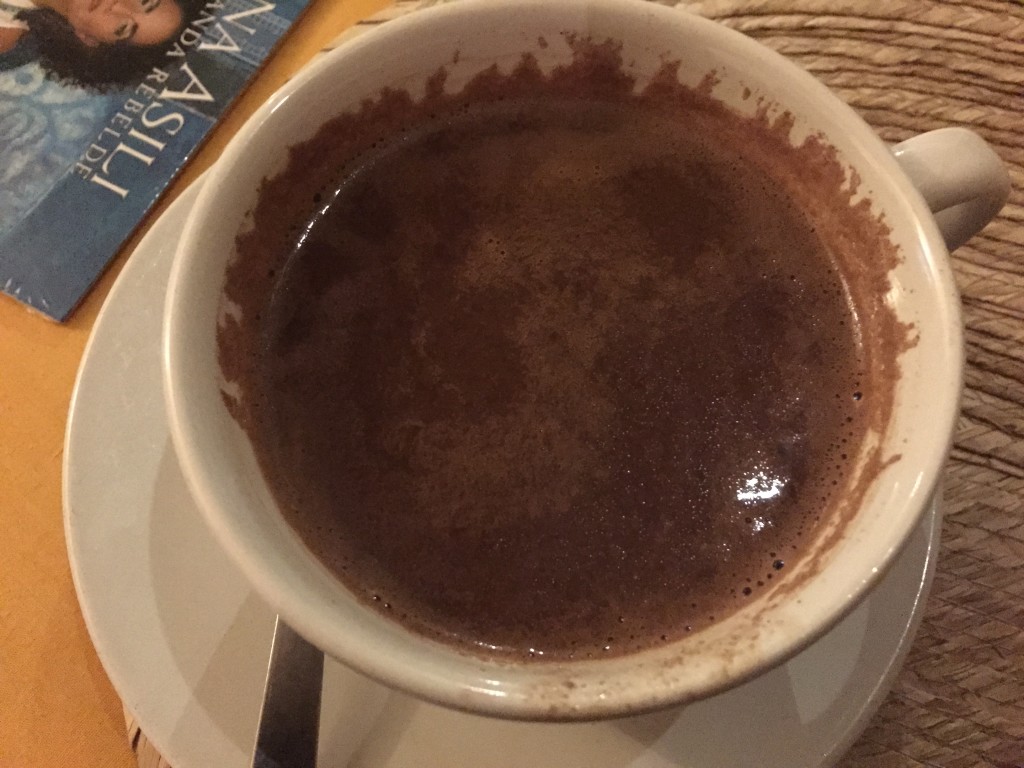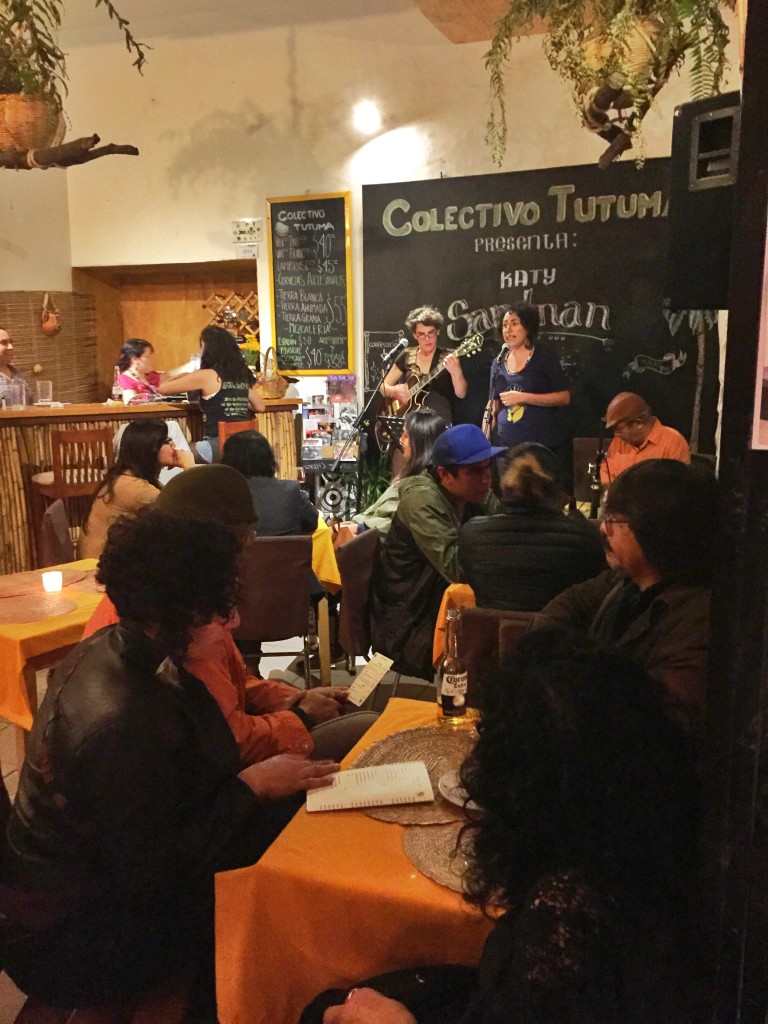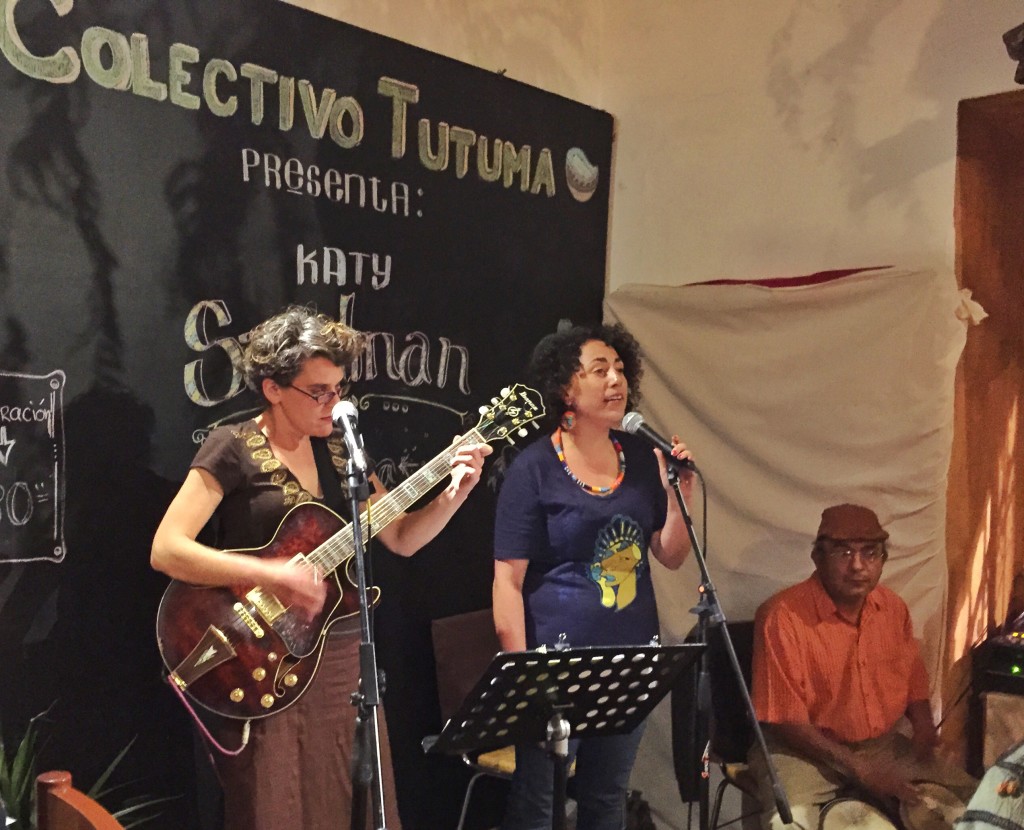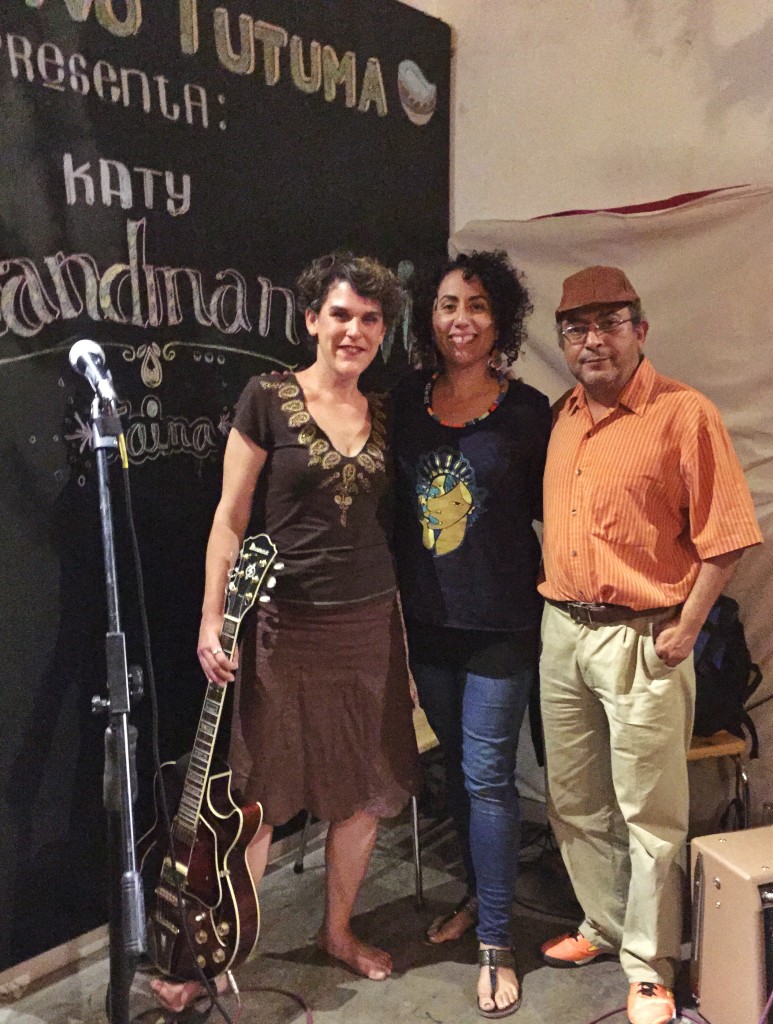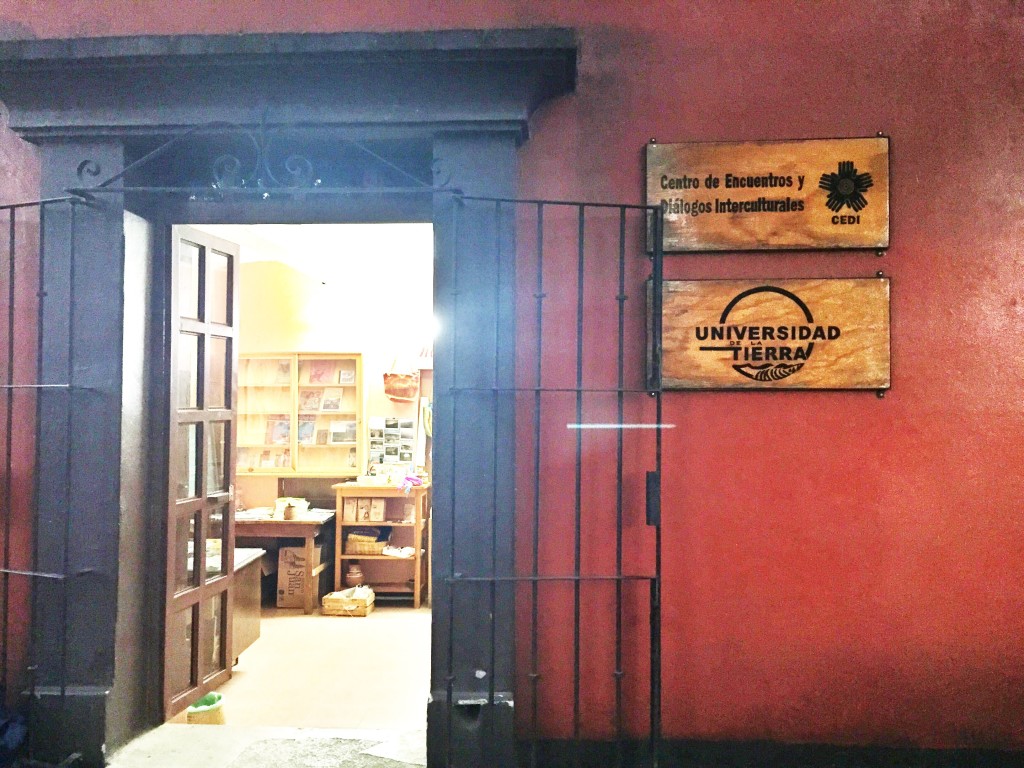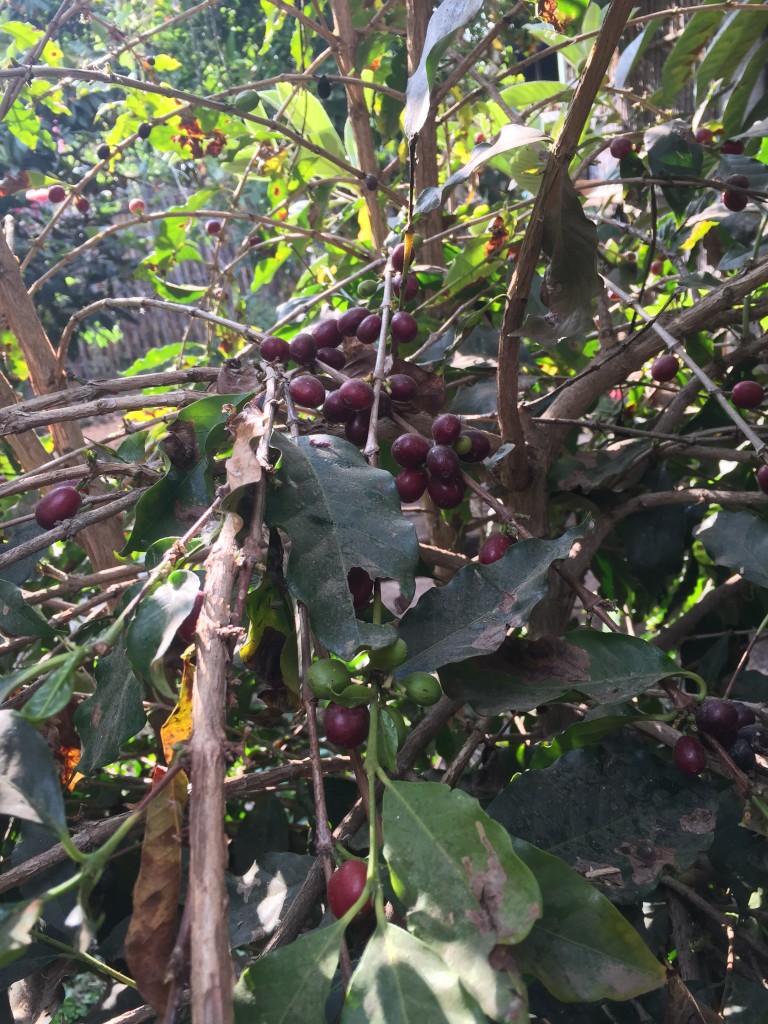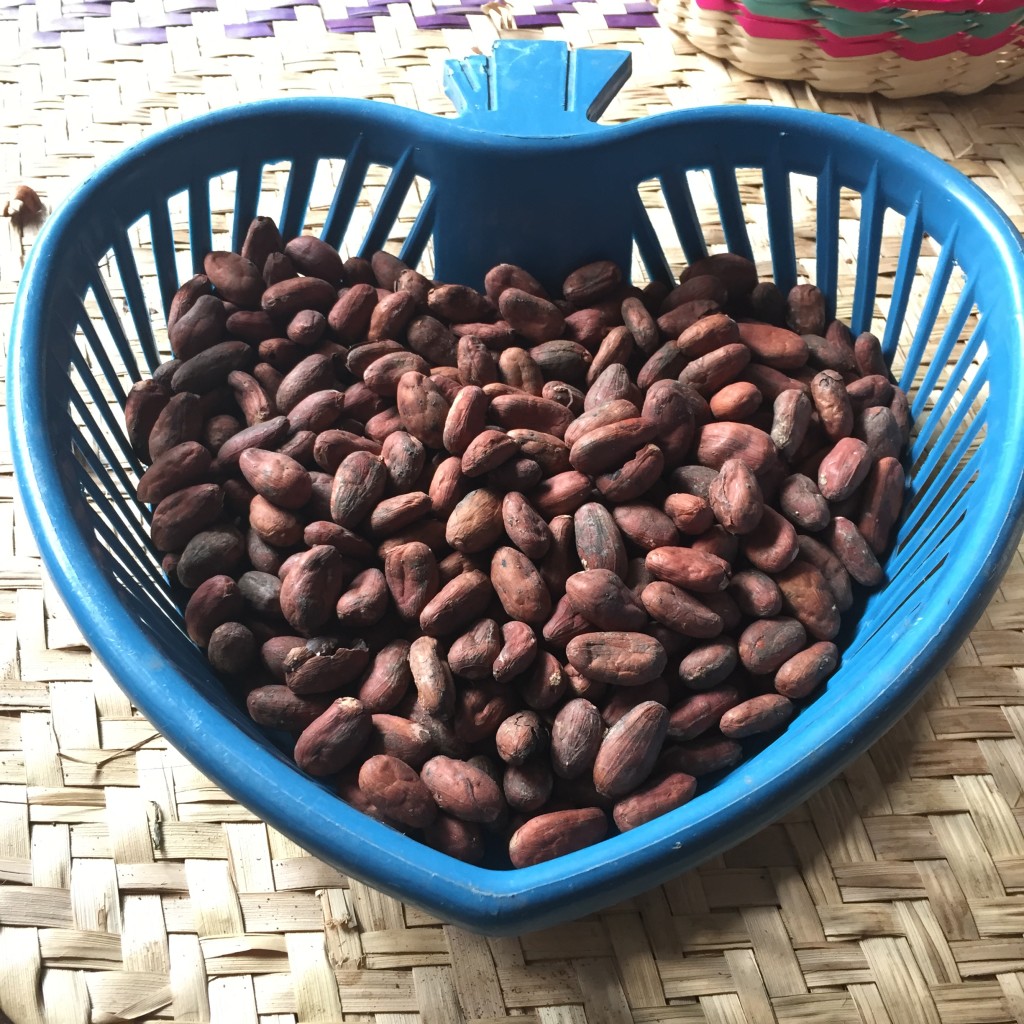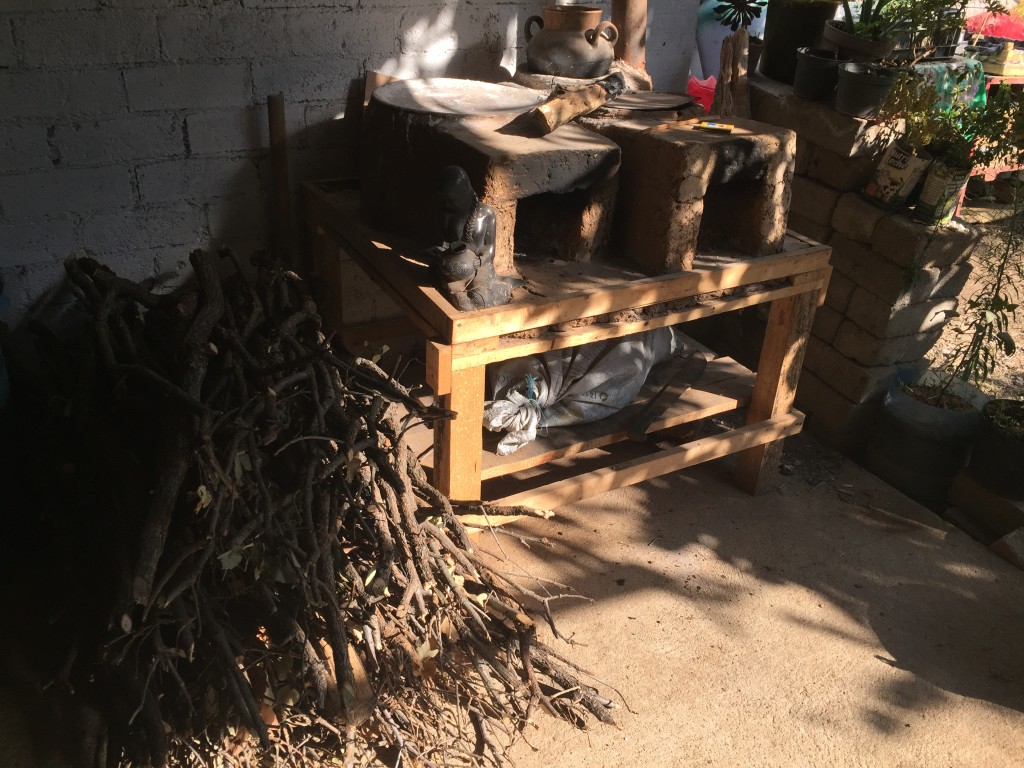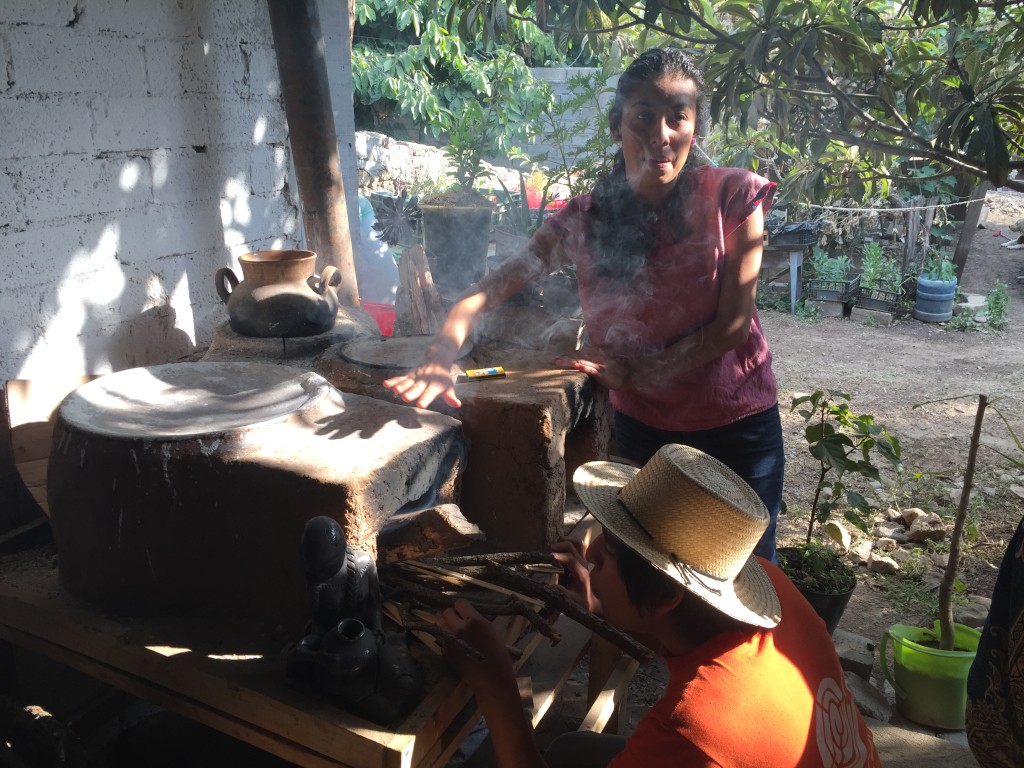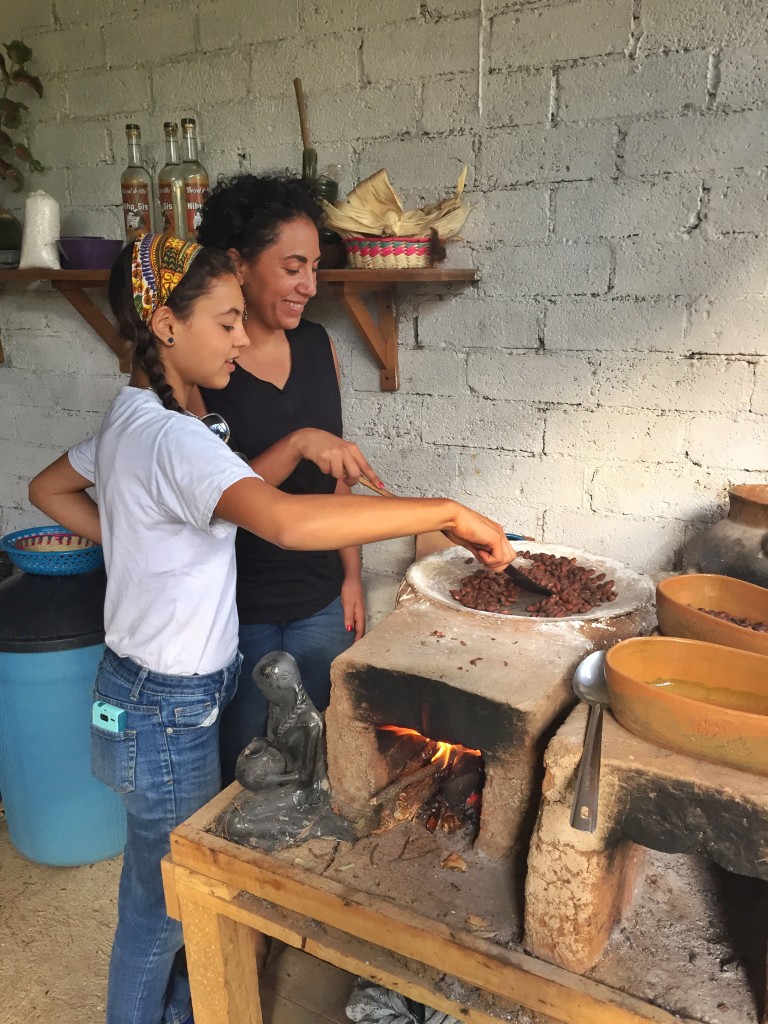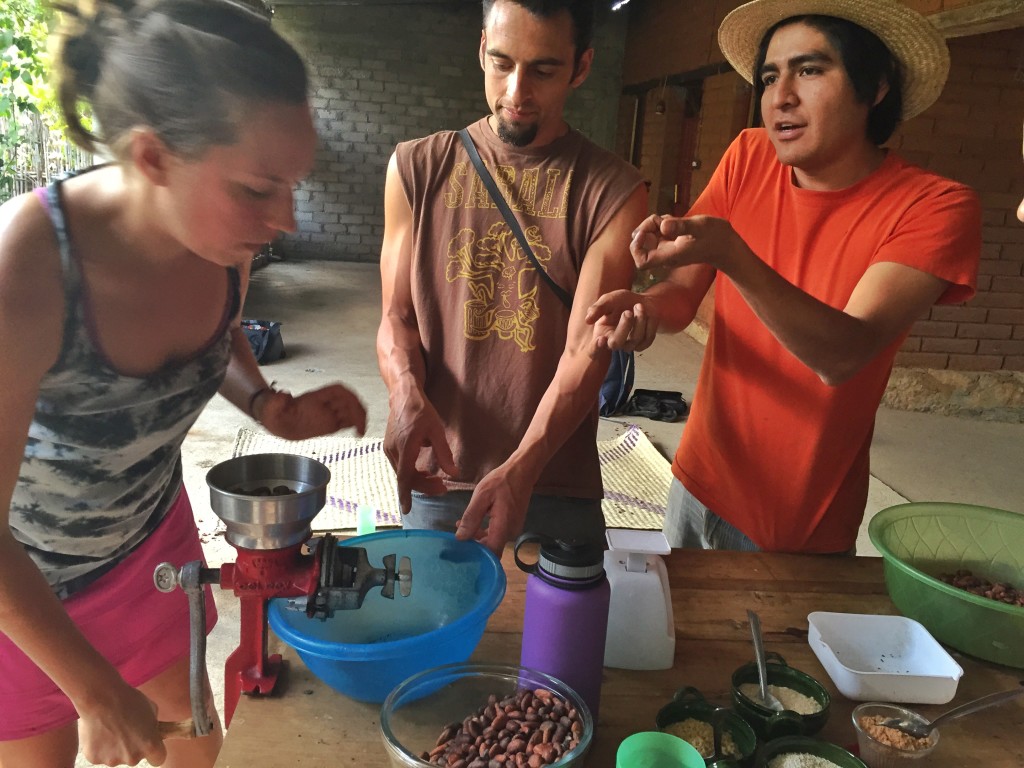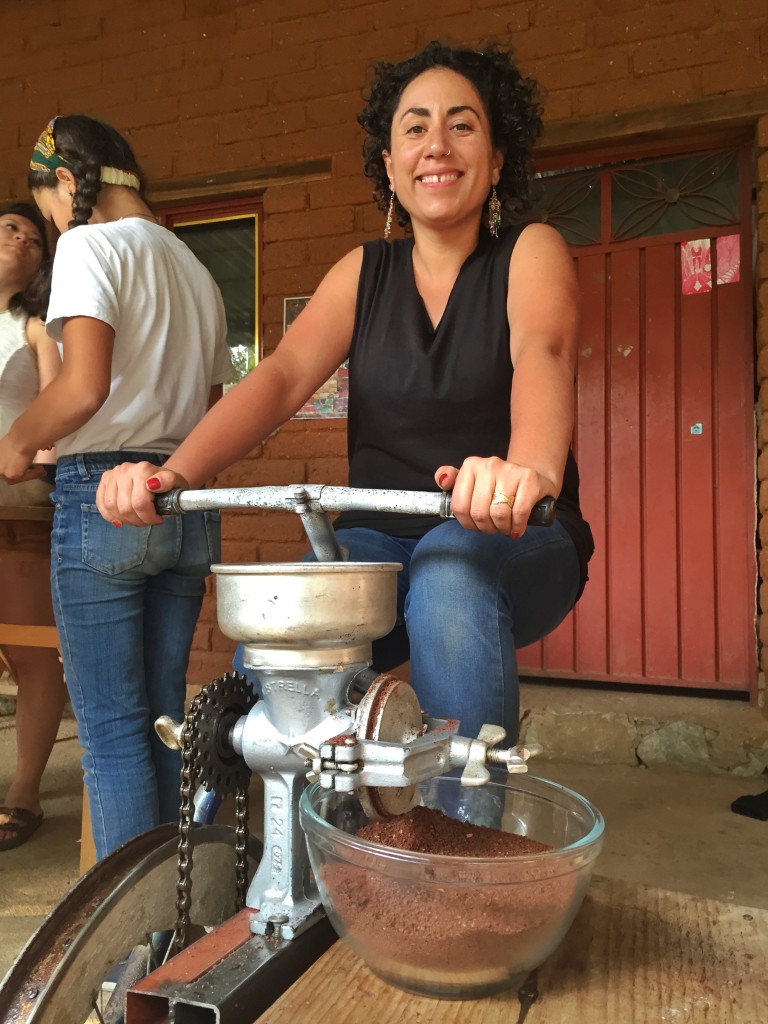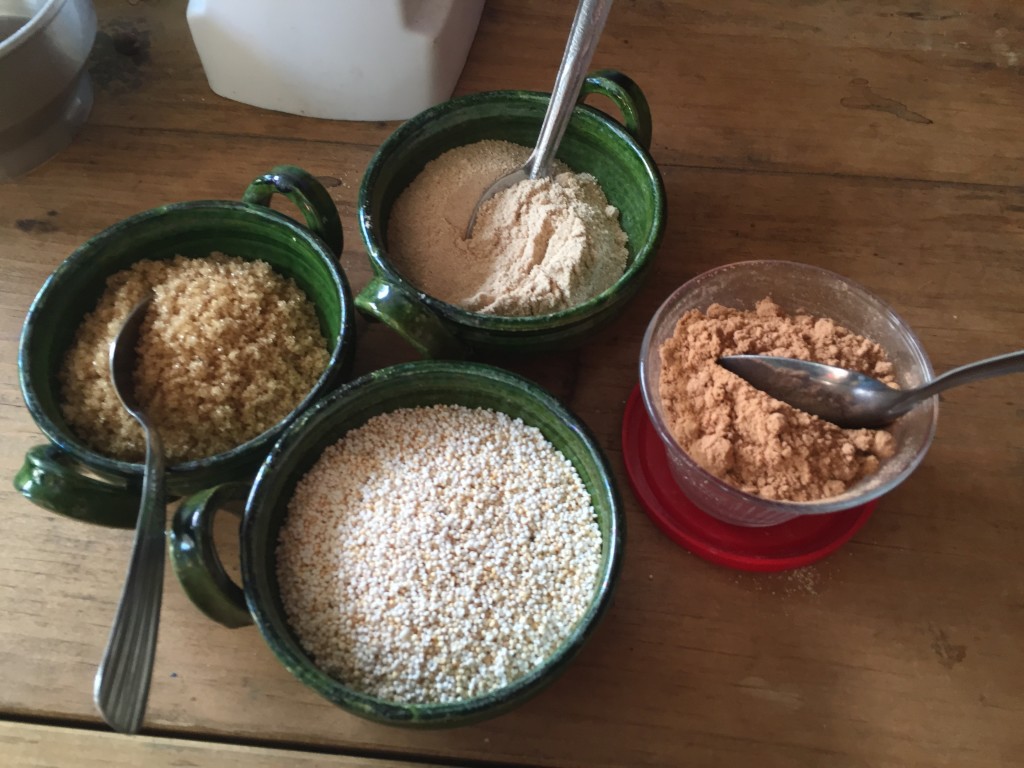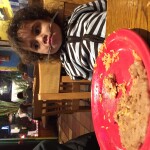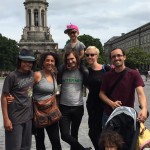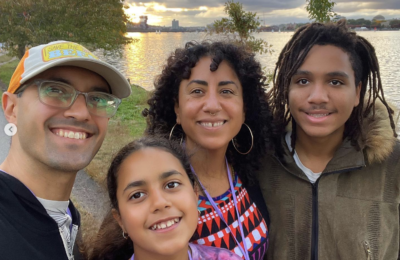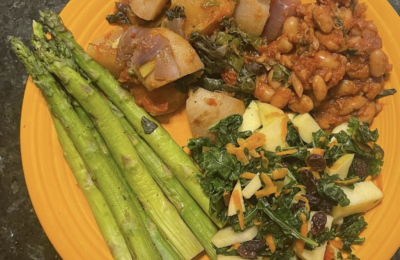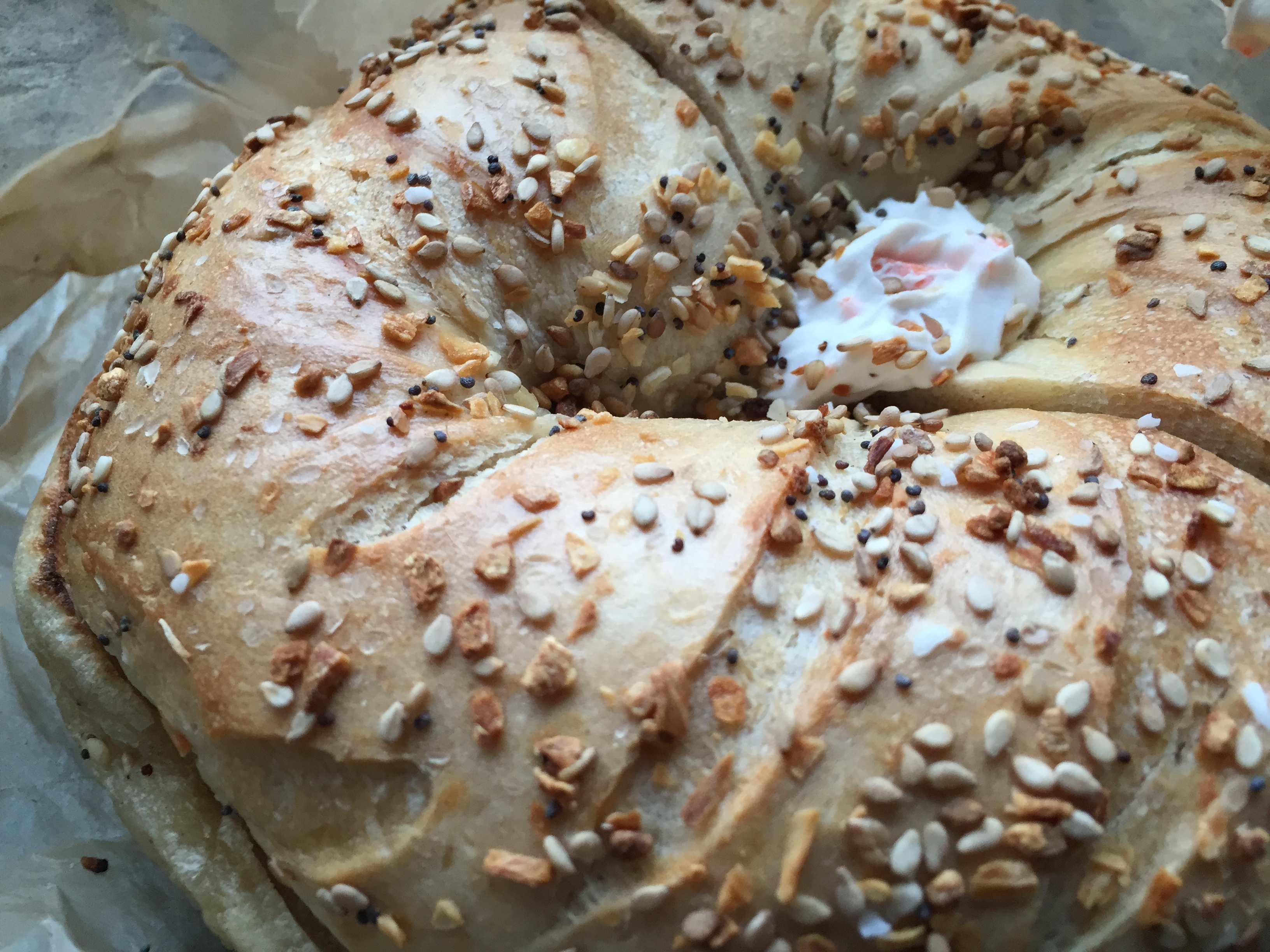Featured Song:
[soundcloud url=”https://api.soundcloud.com/tracks/28208148″ params=”color=ff5500&auto_play=true&hide_related=false&show_comments=true&show_user=true&show_reposts=false” width=”100%” height=”100″ iframe=”true” /]
When my best friend Leah informed me that her whole family was going to be moving to Oaxaca and would be gone for half the year, my gut reaction was a selfish bit of sadness. Leah is like a sister to me, and not seeing her, her partner Jonah, and her two beautiful children for so long felt a little unbearable. Leah and Jonah are the owners of Soul Fire Farm in Grafton NY, where our yurt is also located. Leah had been accepted as Fulbright Scholar to study indigenous farming practices in Oaxaca, and her family would be joining her to study Spanish together (check out more about what she discovered here). Honestly, I was very excited for them, even though I would miss them. Soon after, it occurred to me, that this might be an amazing opportunity to visit them as a solo adventure without my partner and kids, and escape a little of that harsh February upstate NY winter.
From the moment I arrived, I was enveloped in a new way of living, which included new smells, new tastes and a new pace. Leah picked me up from the airport the morning of my arrival, and we grabbed some fresh tortillas along the way. Jonah and the kids had a big brunch of bean and vegetable stew, mango, watermelon, papaya, and fresh squeezed tangerine juice (from the man around the corner) spread out on the table as I walked into their casita. They had only been there for a little over a month, but as I looked at them around the table, their family felt different already.
This was just the beginning of so many exciting and powerful adventures that occurred over the course of that week. Oaxaca is the most culturally diverse state in Mexico, with a large population of many different indigenous groups, and the food and music reflect this. This post will just scratch the surface of my amazing journey in and around Oaxaca city, highlighting some of my favorite food and music moments.
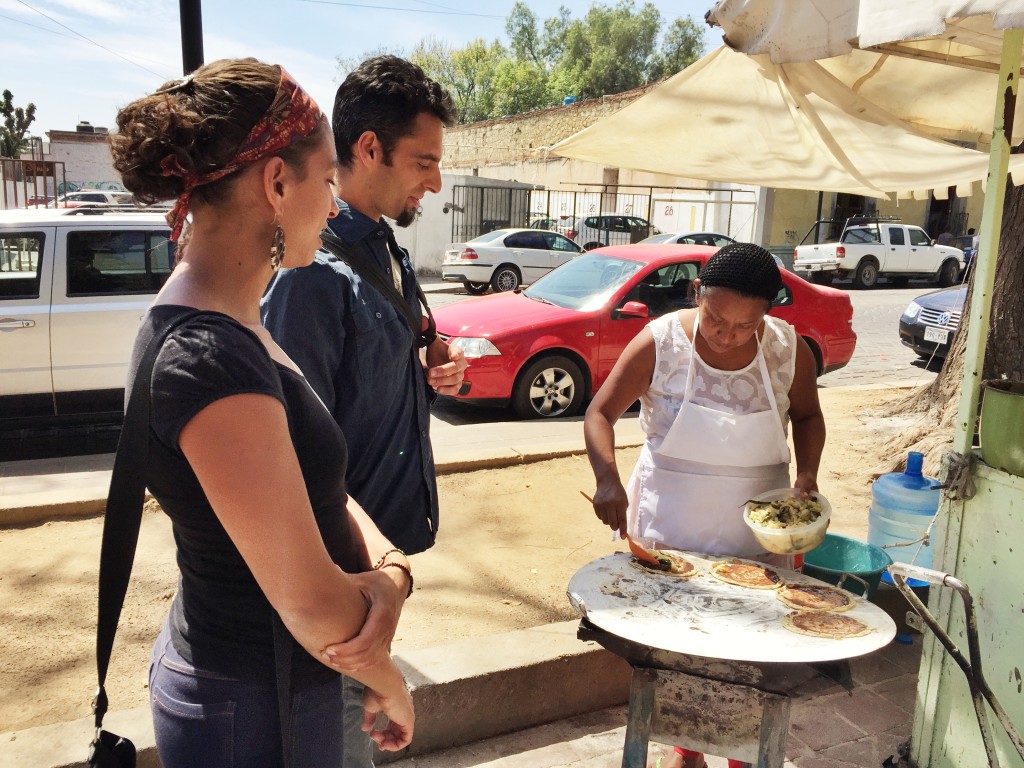
One of my favorite places to get food during my stay was from a street vendor named Francisca. At her cart next to the park she serves a variety of freshly made toppings such as vegetables, beans, meats, salsa and guacamole to place on her handmade memelas, which are large corn tortillas. I topped mine with papas con rajas (potatoes with poblanos), beans, guacamole (which is commonly made in Oaxaca like a thin sauce), and salsa verde. This is a magical dish to eat, and very good for you too. As Leah explained to me, traditional tortillas are made very differently from those you find in a grocery store in the States. To prepare them, the maiz, is soaked in limestone to remove the outer coating, thereby making the protein and niacin more available to your body. Jonah also explained to me that the peppers in the salsa provide essential minerals and nutrients. The ingredients in this dish can be made using a 3,000 year old Mesoamerican growing system called milpa that integrates maize, beans, squash and other complementary food crops. All 12 of your amino acids can come from a meal made from the traditional components of a milpa growing system.
My friends took me to the center of the city, where food and clothing venders existed alongside striking teacher’s encampments protesting for return of the 43 missing Ayotzinapa students and corrupt education policies. There was so much to take in and learn about at at every turn.
One of my favorite moments in the Zocolo market was a simple walk Neshima and I took together, where we sat down to enjoy one of my favorite agua frescas, horchata, made with rice milk, sweetener and spice.
As I walked around the city I could see evidence of resistance to injustice everywhere. For example, one day Leah and I just happened to walk into a cafe for a drink and snack, and as we looked around, I realized that the cafe was covered in social justice posters.
I was surprised to find that Lobo Azul Cafe, even had a handmade screen-printed poster that my friends had made in Albany about Mumia Abu-Jamal, a US political prisoner from Philadelphia.
I was impressed that their menu also reflected a social justice theme. I ordered a coffee and we shared some guacamole, which was delicious.
Another social justice cafe I was introduced to was Colectivo Tutuma, a collectively run cafe, restaurant and music venue. From the first moment the menu was handed to me, I knew I was in the right place. The menu stated:
We are a network of associations and citizens who share an alternative proposal in cultural development and solidarity economy, linking networks with values, policies and practices for responsible consumption, food sovereignty, fair trade, organic production, defense of land and environmental stewardship.
I ordered some hot chocolate (usually reserved as a morning drink in Oaxaca) and sat to listen to a beautiful jazz group getting down that night. You could tell it was a cafe where deep thinking artistic folks linked up regularly. We started chatting with the folks who working, and others seated near us, and before the night was done, I had made some friends and booked a show for later on that week.
Since I was in town without Gaetano, I was in need of a guitarist. One of the friends I made that night put me in touch with her friend Katy Sandman, who is a German singer and guitarist living in Oaxaca. Katy bravely agreed to perform with me that night. She also invited her friend Fortino to accompany us on percussion. I met in her home the day before our show to work out some songs, a few of mine and a few of hers. The following night we had a blast together!
Another space I found community in was at Universidad de la Tierra, a social justice learning center in Oaxaca. Leah and Jonah took me to one of their weekly meetings where they invite a speaker to lead a community discussion on a social justice topic. Some of the folks from UniTierra are also part of a traditional chocolate making collective called Cooperativa CACAO, and were going to be offering a workshop later on that week.
Taking the workshop, led by Cooperativa CACAO members Aurelia and Eduardo, completely elevated my understanding of the history of chocolate, its spiritual qualities and its health benefits. Aurelia and Eduardo carry on their family’s tradition of harvesting and processing cacao beans, a lineage of a Mayan tradition over 2000 years old. From their family’s land they carry the beans by donkey and the by truck to San Andrés Huayapam, where they process the cacao into chocolate. This is where our workshop took place.
As we sorted the cacao beans on a woven mat, they taught us that cacao beans were originally used by Mayans as a form of currency, and also for spiritual purposes, such as to honor the recently deceased. During colonization, the Aztec Xocalatl, a bitter cacao drink sweetened with honey and chili, was offered to the Spaniards, who later forced the people into slavery to produce chocolate for the nobles. The Europeans added milk and sugar to the chocolate, turning the cacao from a healthy and spiritual food into an unhealthy sweet. Cooperativa CACAO reclaims the traditional preparation of cacao as a form of resistance to colonialism, and as a contribution to health and wellness of their people.
During our day they we learned to listen for the “pop” of the cacao beans on the clay comal to know when they are ready.
We used a hand grinder and a bicycle grinder to turn the roasted cacao, shell and all, into chocolate.
We added special ingredients such as almonds, amaranth, cinnamon and honey to the chocolate.
And were taught how to mold the chocolate.
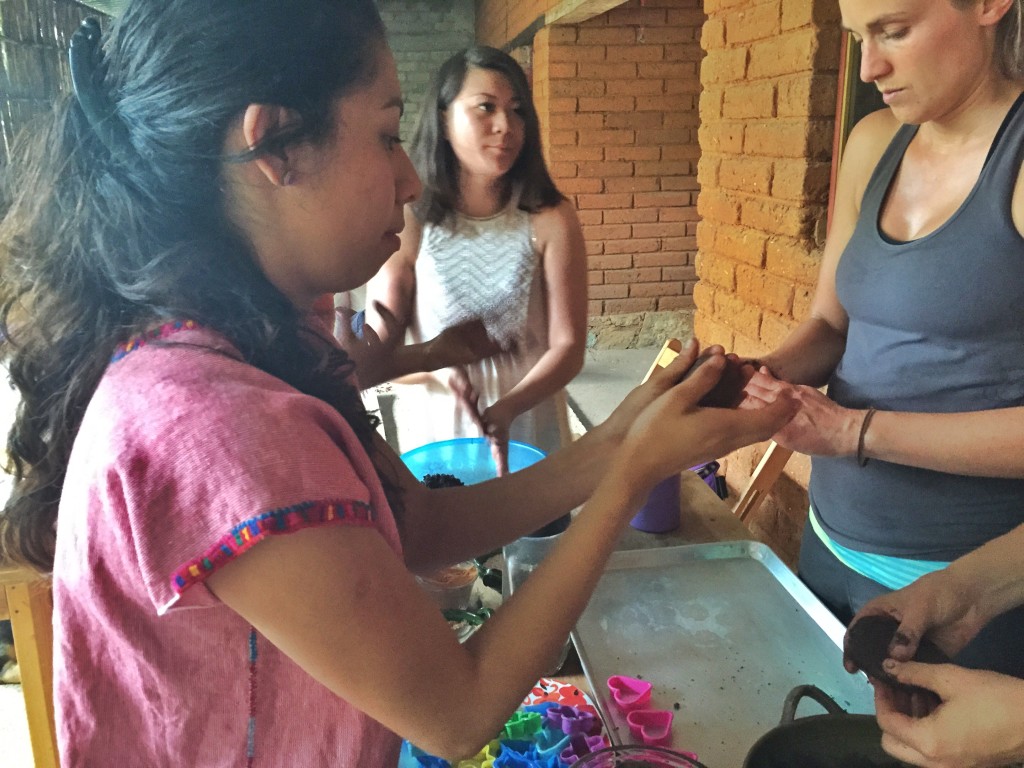
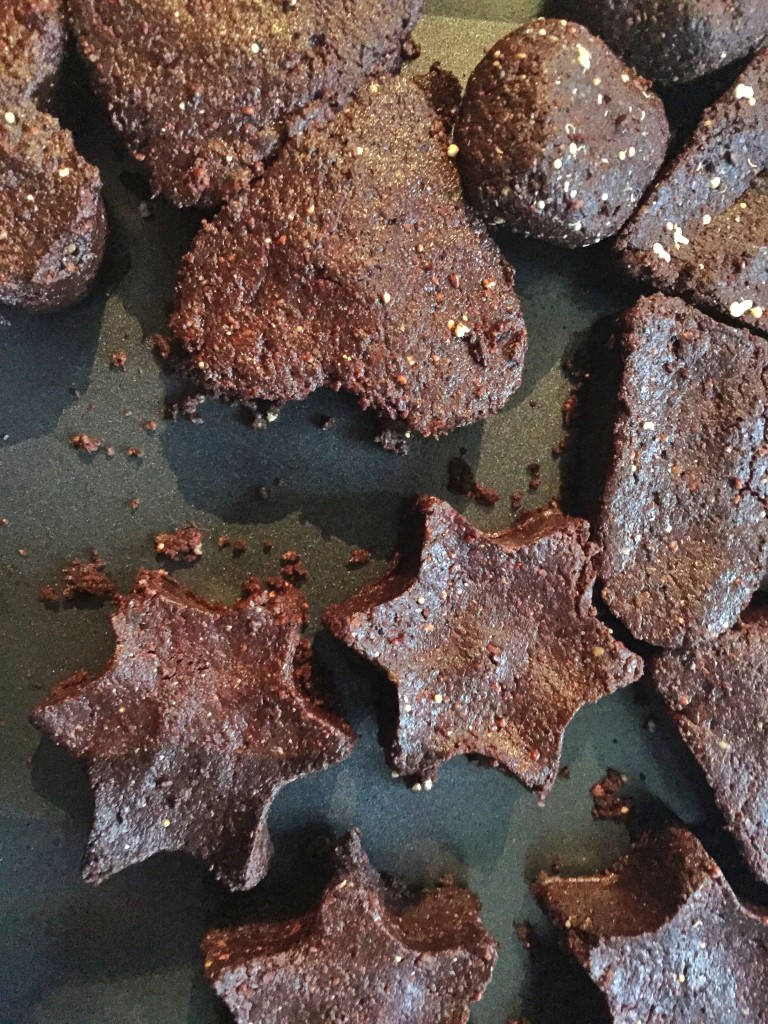
And were given bags to bring our handmade chocolate home.
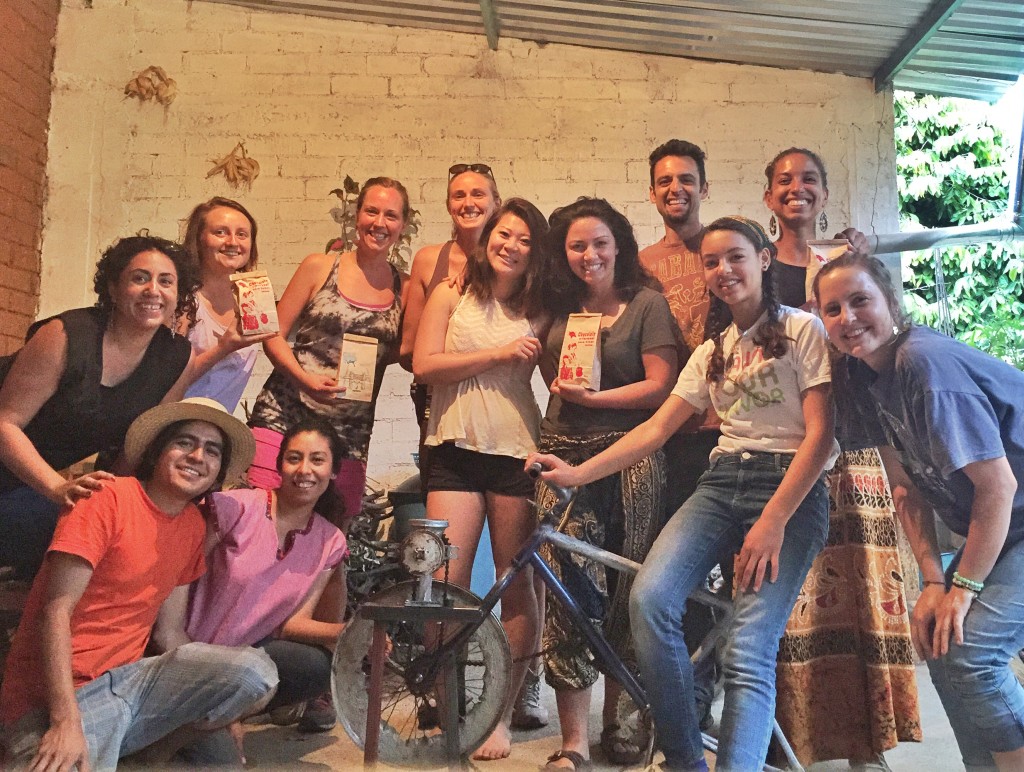
This was the perfect gift for my children when I arrived home. With it I carried the history, the medicine, the stories, and the hopeful future of this beautiful land.
